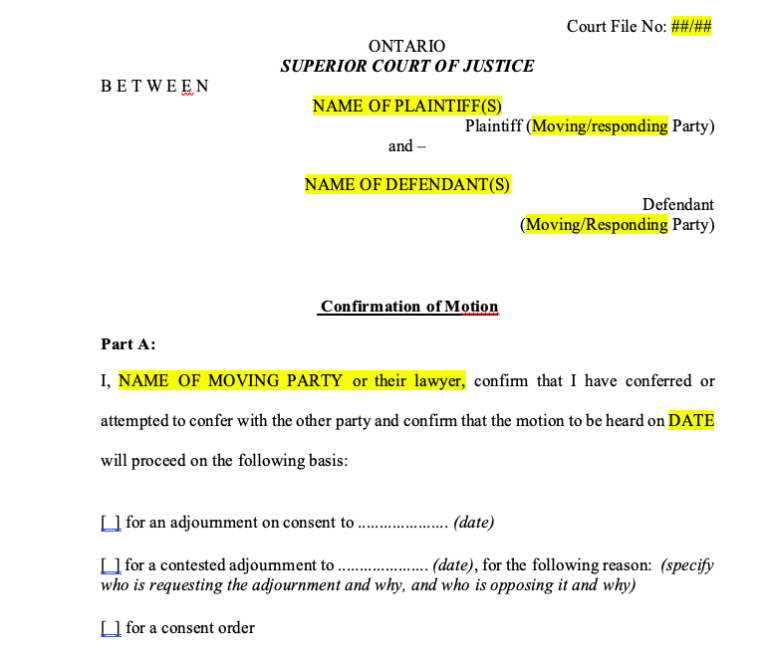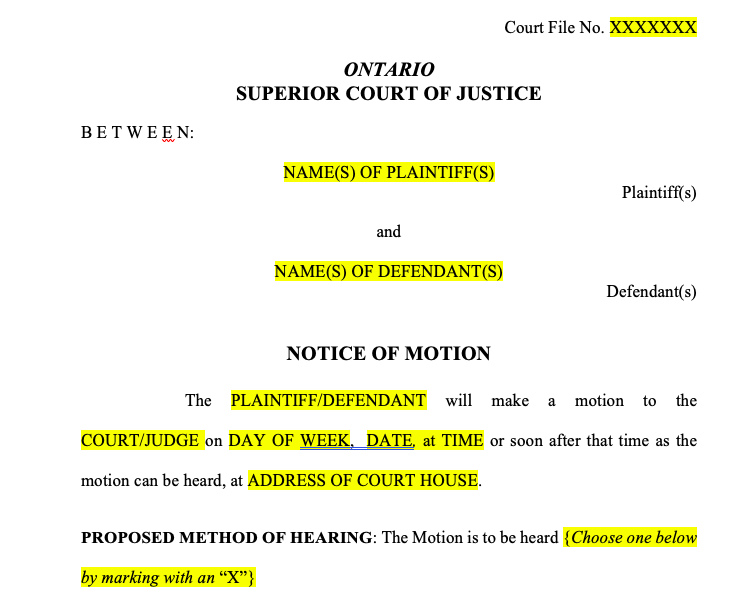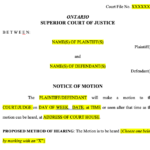Civil Litigation Superior Court Forms – If you’re chosen to represent a civil court client, you may be required to fill in a variety of forms. You might be required to send the forms in hardcopy, or download them from the court website. Additional online forms could be available. However, you need to be sure they’re appropriate to your specific situation before using them.
Fill in this form with blanks
The Supreme Court Administrative Office maintains a large inventory of unfilled court forms, which are classified according t the nature or legal issue. They can be searched using name or by number.
Finding a form that will handle your specific scenario is the first step when you are required to draft an official document. On some forms, the title of the case and the names of the two parties are separated by spaces.
Before you start filling out forms, ensure that you have read and comprehend the instructions. You might need to sign in certain circumstances. In other cases you may also require an indication of how the documents have been served. Keep only single-sided copies. If you don’t do this in the future, you will not need to duplicate them again.
Request restricted status to get an electronic document
It could be challenging to gain the status of an electronic civil court form. There are a variety of factors to consider, including the legitimacy of the form and its compliance with the format requirements. It is important to review the Minnesota Supreme Court regulations and the rules of the court you are referring to to ensure that you’re following the guidelines.
The general criterion for filing electronically is that a document has to be legible and include an authenticated stamp. Additionally, the document should arrive in an envelope addressed correctly and be given to the clerk of the county. If there’s any doubt, the documents will be scrutinized for validity.
The EFCIV 23 form is required to inform everyone involved that the file has been converted into an electronic file. In exceptional circumstances, you must also serve this form with your commencement paperwork.Additionally, you must use EDDS to submit the paperwork to the court.
Send physical copies of the exhibits.
You may have to show exhibits in a physical copy before a court in certain countries. However, your documentation can often be submitted online. You will need to give the court a paper copy of any electronic files you’ve submitted.
To the best of your abilities, you should complete all the court forms. Each field of the forms should be filled in completely and precisely. There are many unfilled spaces within the shapes. If you have questions about filling out a form, it is a good idea consult an attorney.
Hardcopy exhibits should always be made available to all parties, along with an associated document like the Notice of Exhibit Form Filling in Hard Copy. You can use a Web-based solution like Odyssey File and Serve or the EDDS mail system for serving.
The online forms might not be suited to your requirements.
Online court forms are only available if you speak with an attorney prior to consulting. This will enable you to consider your options and safeguard your rights. If you do not retain legal counsel, you are able to manage your own legal affairs. You can be liable to disciplinary actions or civil penalties, like those for practicing law without an authorization.
Certain courts offer self-help tools through their websites. Other courts do not. The Alaska Court System has developed specific forms, for example. The form for complaints is one of the forms and is accessible here. Another type of form is available here: the interactive complaint forms.
After you have completed your form, you can print it and return it to the court. There are other forms that can be downloaded from the court’s website. Some of these forms require computer software. Computer programs can be utilized to design forms, answer questions and collect data.


